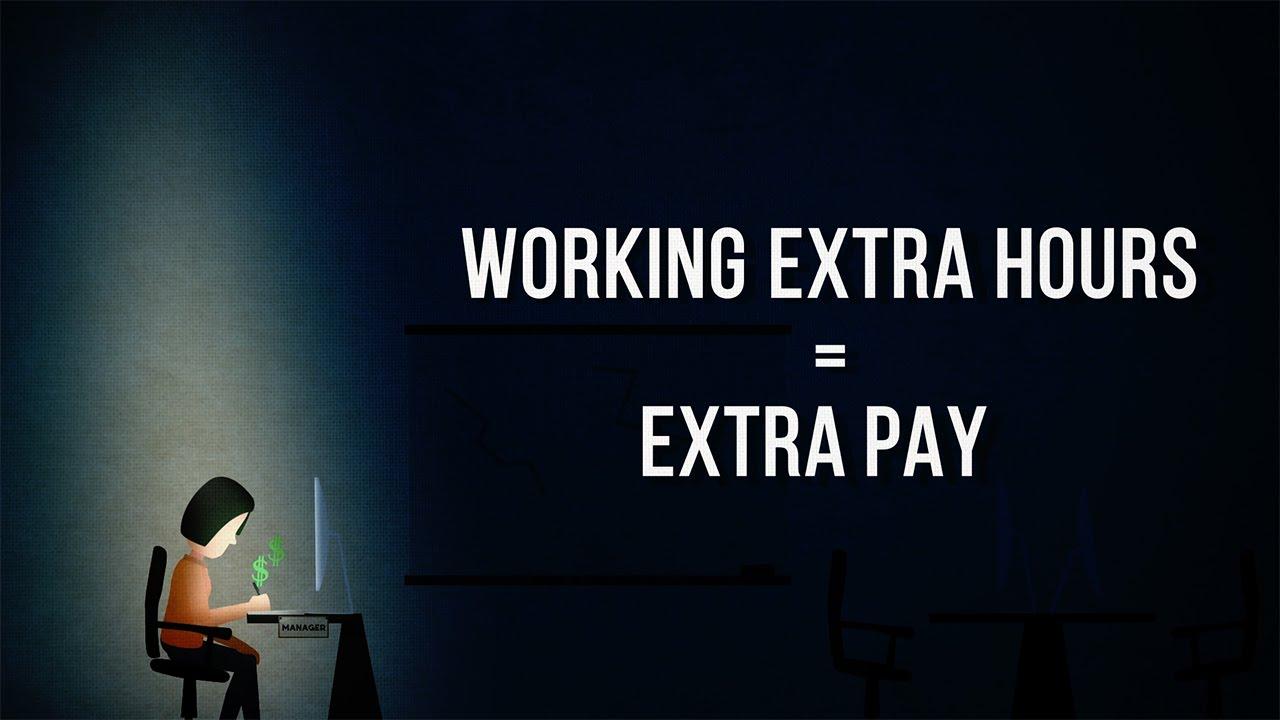 The Overtime Rule
The Overtime Rule
Overtime regulations are part of the Fair Labor Standards Act (FLSA) of 1938, which by law the Labor Department can update periodically at its own discretion. The FLSA gave most Americans the right to a minimum wage and overtime (time-and-a-half) pay when they worked more than 40 hours in a week. The FLSA was worker protection and helped build the middle class. However, labor experts estimate upwards of 70 percent of businesses are not in compliance with the FLSA.
In 2014, President Obama directed the Secretary of Labor to update the overtime regulations to reflect the original intent of the Fair Labor Standards Act, and to simplify and modernize the rules so they’re easier for workers and businesses to understand and apply.
The federal rule change has been in the making since July 6, 2015, when the U.S. DOL first published a notice of proposed rulemaking in the Federal Register (80 FR 38515) for public comment on the proposed rule at www.regulations.gov. By September 4, 2015, the department received more than 270,000 comments and used the feedback to tailor the final rule change.
Today, the DOL issued a new rule that updates the regulations determining which white-collar, salaried employees are entitled to the Fair Labor Standards Act’s minimum wage and overtime pay protections. The rule increases the salary threshold below which most white-collar, salaried workers are entitled to overtime.
The final rule will:
- Raise the salary level for the first time since 2004.
- Raise the salary threshold indicating eligibility from $455/week to $913 ($47,476 per year), ensuring protections to 4.2 million workers.
- Automatically update the salary threshold every three years, based on wage growth over time, increasing predictability.
- Strengthen overtime protections for salaried workers already entitled to overtime.
- Provide greater clarity for workers and employers.
Today’s rule change takes effect on Dec. 1, 2016. The DOL projects that 4.2 million workers will be directly affected by the change, and that another 8.9 million will be indirectly affected by reducing the ambiguity of their status. In other words, they should have been classified as non-exempt originally, based on their duties.
The final rule does not make any changes to the duties test for executive, administrative and professional employees.
